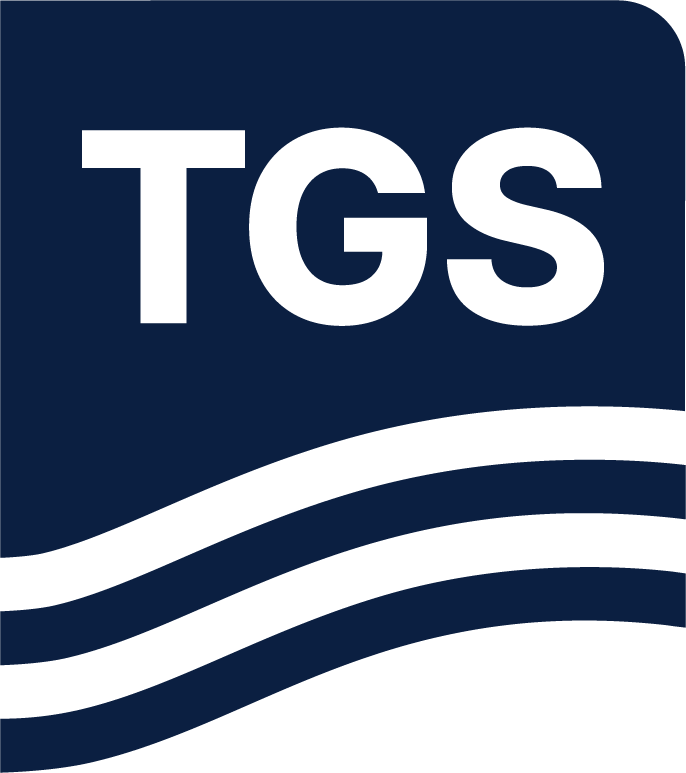Paper Summary
The study highlights the application of Elastic Full-Waveform Inversion (eFWI) to address imaging
challenges in the complex geological structures of the Nile Delta. Unlike acoustic FWI (aFWI), eFWI incorporates both P- and S-wave physics, effectively handling significant velocity contrasts, such as those found in the Messinian layer, and reducing boundary smearing at salt-sediment interfaces.
The application of eFWI to multi-azimuth streamer data provided superior imaging of mud volcanoes, small gas pockets, and channels in the post-Messinian, as well as improved resolution of complex Messinian and pre-Messinian layers.
The final VMB workflow included multiple passes of eFWI up to 10 Hz, followed by high-frequency acoustic passes up to 20 Hz. The final velocity model provided enhanced subsurface details, resulting in clearer Kirchhoff migrations and structurally accurate representations of the pre-Messinian layers. FWI Image generated from final velocity model is a cleaner, higher-resolution product compared with traditional Kirchhoff migration with fewer illumination issues, making it a valuable tool for hydrocarbon exploration in challenging geological settings.

